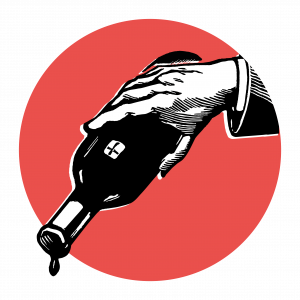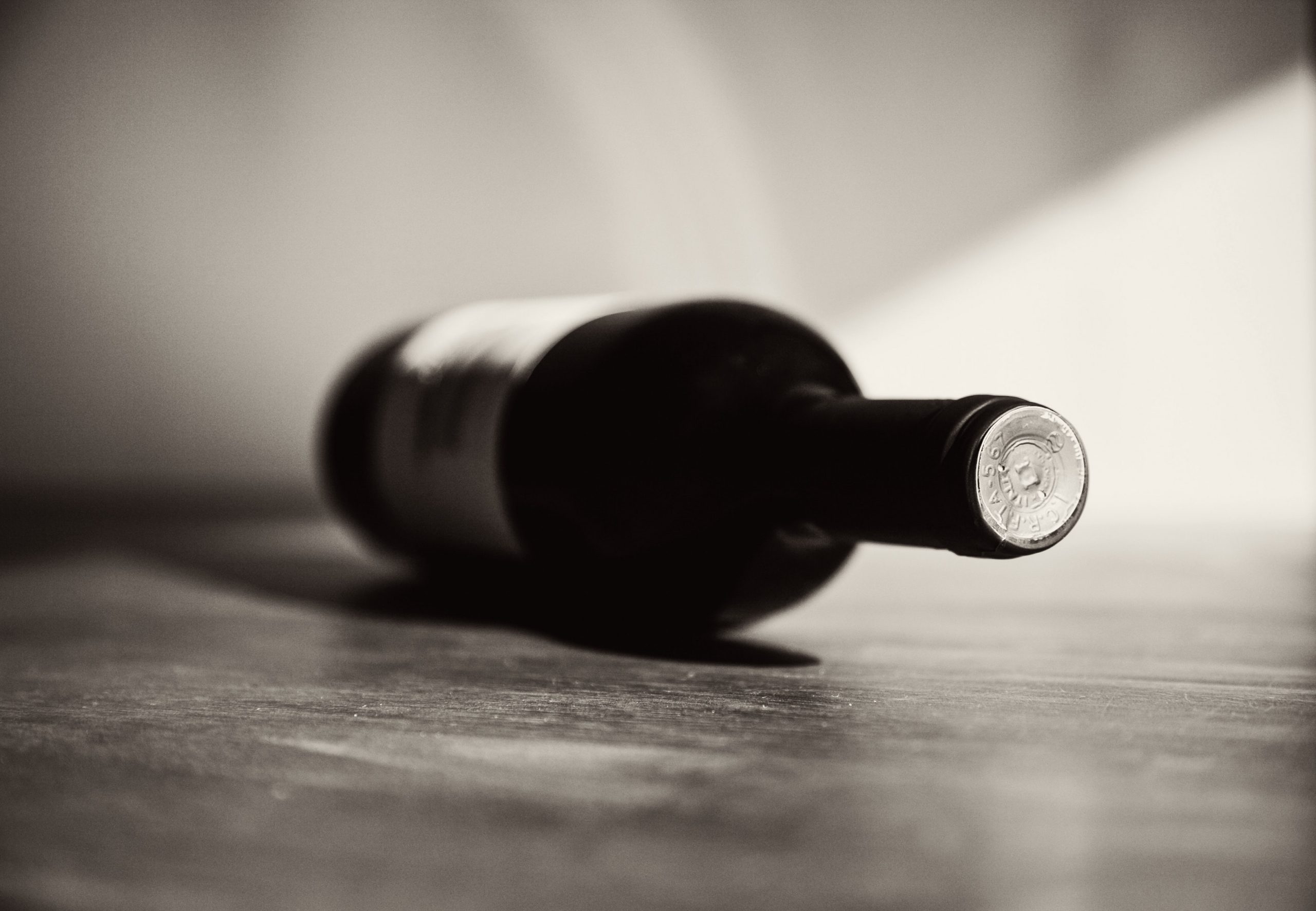Robert Parker. For years, the wine trade was in thrall to this most influential of wine journalists. If you were a ‘vigneron’, his score out of 100 could make or break your bottle; similarly, if you were a merchant, those same points might be the difference between pallets being sold in a matter of minutes (98+), or consigning stock to the bin-end list, even before it landed in the warehouse (85-89). No other writer came close to wielding such clout, and even though he has now (almost) retired, it’s doubtful whether anyone will take his place.
How did this happen? Well, back in 1983/4, the 1982 Bordeaux vintage had started to seep into the market (the launch was a much lower-key affair than today’s 21st century fanfare, of which more in the next column). The traditional UK wine trade, oozing Masters of Wine from its red-faced St James’s pores, was fairly cautious as to its quality, perhaps a tad distracted, possibly rather busy getting the chalk pin-stripes ‘just so’ on the next three-piece; to be fair, no shame in the guarded approach, evaluating young wine is always tricky. However, a young buck American critic was much more forthright in his opinions. He claimed it was quite possibly the greatest year since 1961, up there with other greats such as 1959, 1947, 1945. He nailed it, and from this, legendary status was born.
But lest you think that here begins the portrayal of a vinous ogre…nothing could be further from the truth. Mr Parker was simply voicing his thoughts, and he had decided that a scoring system out of 100 worked well, both for him and his followers. The fact that this template came to be devoured frenziedly, well, that was just the crumbling of the cookie, as wine-lovers/collectors strived to learn more about fermented grape juice…and how to show off: my bottle’s a 97-99, yours is a paltry 94-96.
Furthermore, Parker made it quite clear that he was merely taking a view. The most important judgement, by far and away, was that of the individual drinker. Absolutely right.
Indeed, he too had his very own preferences, about which he was completely transparent: for example, he liked big reds, with weight and ‘grunt’, such as Californian Cabernets; and he enjoyed the effect that oak barrels exercised on a wine’s taste, of either colour. Now, oak barrels, of varying sizes and age, had always been used in wine production: they were excellent receptacles, whether for fermentation, or what the French call ‘élevage’ (when the wine sits gently in the cask, softening/maturing for a year, or two, before bottling).
But using wood to have a direct impact on flavour was a relatively fresh development. Especially new wood, which could impart quite a ‘hit’. Just imagine if you were a wine grower, and Robert Parker had made an appointment to come and taste your wine – from which barrels might you draw his sample? And if that proved to be a canny ploy, why not go the whole hog next year, and pack the cellar to the rafters with shiny timber?
Wines certainly started to change: they became bigger, fatter, richer, oakier (obviously!), chunkier, more extracted. Remember Australian Chardonnay? Aristocratic clarets at 12% alcohol suddenly became rare beasts, 14% was common, even 15% in some vintages (2010). Sure, grapes were riper (we won’t mention climate change), and were picked later, but it did appear that the dancing fly-half had bulked up, beefed up, and was now playing in the second row.
Technically, everything was very rosy, for wine-making came on in leaps and bounds, and quality soared at all levels. One cannot argue with that for a moment. And yet was there a touch of the conveyor-belt? Keep those Parker points coming? Was hankering after (some of) the good old days just misguided nostalgia? Had Big Bob, through no fault of his own – and he was never anything other than consistent – created a mini-monster? And however much one was impressed by the results on TASTING, did the consumer actually desire to DRINK the product, did the bottle get finished?
So, we now have some answers. For it looks as if there’s a bit of a volte-face in the market. Retailers tell of requests for finesse, rather than density. There is talk of ‘zip’, ‘vigour’, and ‘energy’. The Pinot Noir’s lighter, fresher textures have taken hold, and now pure, velvety Syrahs from the Northern Rhône are starting to take off…we might even see Beaujolais make a comeback (don’t worry, the proper stuff, not Nouveau – no nostalgia there).
This is not to say that wines such as Zinfandel, Primitivo, and Malbec should be consigned to the knacker’s yard, a solid thud of fruit is a crucial part of their make-up. But surely better to keep it reined in, checked? And ensure that other grapes follow their natural character, rather than an enforced one? No longer a need to tamper, just let it flow.
Photo by Markus Spiske from Pexels








